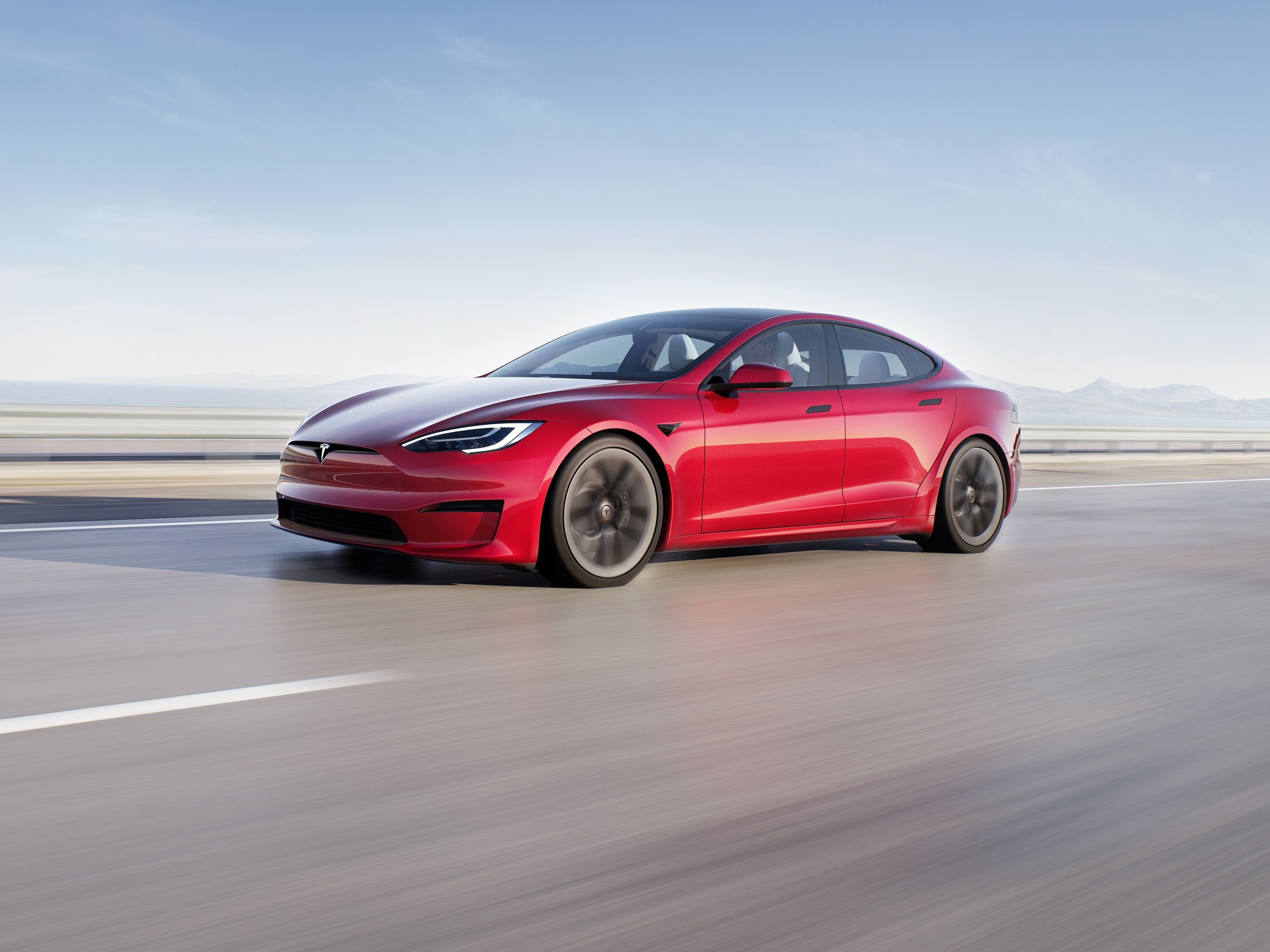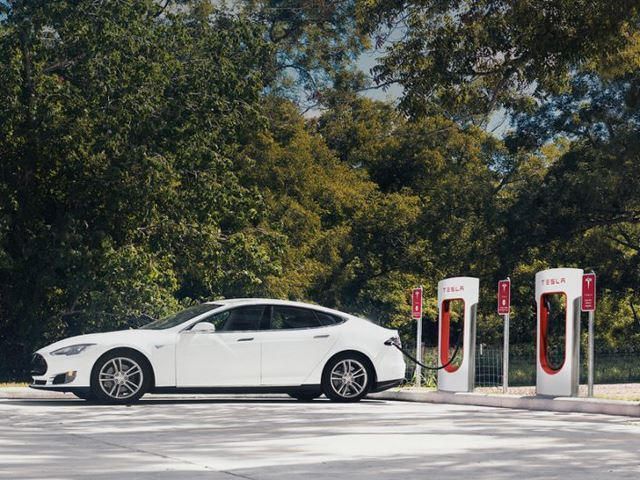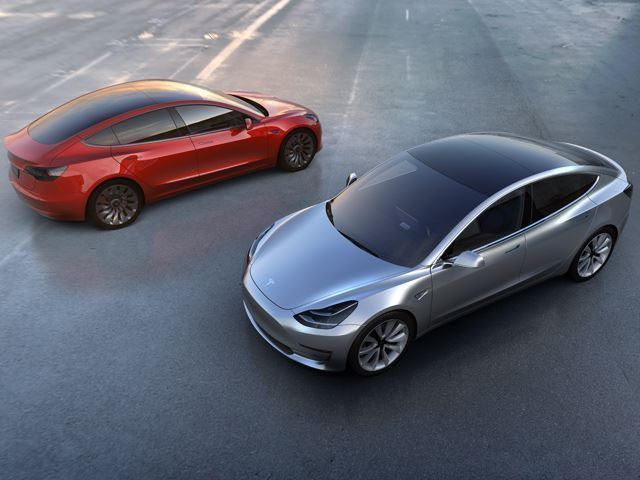
The purveyor of the world's most practical electric car has once again taken to Twitter to announce changes that, at least on paper (or a plain white background covered with 140 characters), seem to be game changing. Unlike the rest of us, Elon Musk spent his Christmas announcing Supercharger V3, un upgrade to Tesla's supercharger network that could be one of the many cogs in the automaker's arsenal that helps keep it ahead of the fast-approaching competition.
Ford, BMW, Mercedes, and Volkswagen have all recently joined forces to build a sort of supercharger network that would offer 350 kW charging, undermining Tesla's current network maximum of 145 kW. To make electric cars viable well into the future, the time it takes to fully charge a battery will have to go down, and increasing the kW rating of both battery and charge station pays dividends in that field. Now, Musk has fired back on the auto giant partnership by announcing Supercharger V3 over Twitter, an announcement spurred by an inquiry on whether Solar City panels would supply Supercharger stations with electricity. This started a conversation between the famed CEO and Electrek's own Fred Lambert.
Lambert, curious over Musk's mention of Supercharger V3, asked about the power outputs for the system by asking, "Supercharger V3? Now I'm curious. What power out are we talking about? 350 kW?" To this, Musk responded, "A mere 350 kW ... what are you referring to, a children's toy?," suggesting that the new automotive alliance between Tesla's competitors could soon be rendered irrelevant. This bodes well for those that have put down deposits for the Model 3, who could be some of the first to see V3 compatibility with their cars, potentially offering a full 300 mile charge in 15 minutes or less. As Electrek points out, this would set Tesla up to receive the California Air Resources Board's full barrage of incentives.
Currently, the credit system is set up to incentivize alternatively fueled vehicles that can recharge to 95% capacity within 15 minutes. At the moment only hydrogen powered vehicles meet this criteria, which nets them nine credits worth $5,000 each (a standard Tesla only gets 4 credits). If Tesla could sweep up these additional credits, then it could sell them to automakers short on credits and become one of the largest the carbon offset producers in the industry. For now we're just hoping Musk wises up and puts some of these V3 superchargers at drag strips to allow for a never ending supply of Ludicrous launches. Oh, and Musk was sure to answer Lambert's first question by saying yes, Supercharging stations will get Solar City panels soon.


